Lavandula species/varieties for honeybees
BuddingBotanist
19 years ago
Related Stories

EARTH DAYHow to Design a Garden for Native Bees
Create a garden that not only looks beautiful but also nurtures native bees — and helps other wildlife in the process
Full Story
GARDENING GUIDES15 Native Flowers That Feed Native Bees
These perennials offer superfood to hundreds of bees and are gorgeous in their own right
Full Story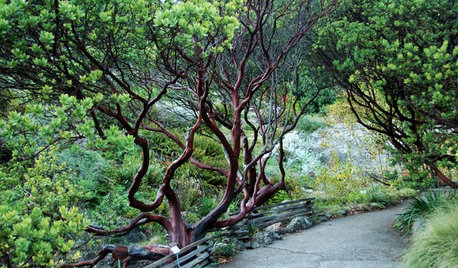
GARDENING FOR BUTTERFLIESGreat Design Plant: Parry Manzanita Stands Out in Low-Water Gardens
Make a dramatic architectural statement and feed wildlife in woodlands and more with Arctostaphylos manzanita
Full Story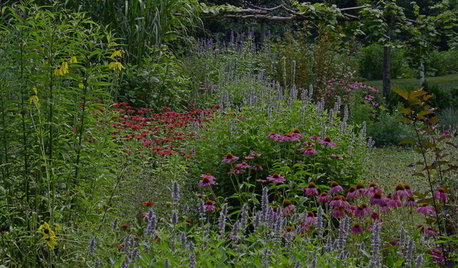
GARDENING AND LANDSCAPINGFocus Your Garden Palette
Restrict your garden's color scheme to create maximum impact in landscape beds and borders
Full Story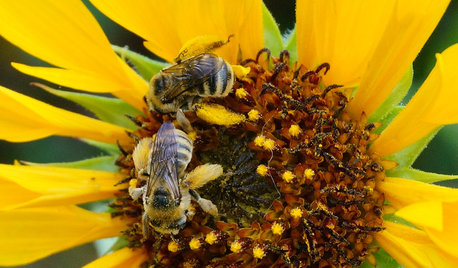
EARTH DAY12 Entertaining ‘Bee-haviors’ of Native Bees
The parade of pollinator antics is another reason to create a garden that nurtures native bees
Full Story
FARM YOUR YARDHello, Honey: Beekeeping Anywhere for Fun, Food and Good Deeds
We need pollinators, and they increasingly need us too. Here, why and how to be a bee friend
Full Story
EARTH DAYHow to Help Your Town’s Beneficial Birds and Bugs
Make a habitat using local materials to provide a home to the creatures that help our gardens
Full Story
GARDENING FOR BUTTERFLIESGarden for Wildlife to Reap Rich Rewards
When you plant with animals and insects in mind, you make gardening easier, the planet healthier and yourself more present
Full Story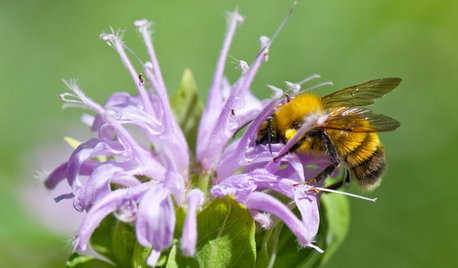
GARDENING GUIDESSupport Bumblebees by Providing Forage in 3 Seasons
Bumblebees are fascinating and fun to observe foraging in gardens. Find out how to create a buffet for these fuzzy, charismatic bees
Full Story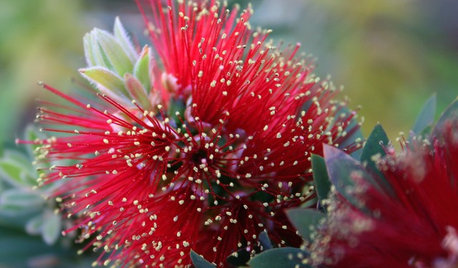
GARDENING GUIDESGreat Design Plant: Velvety Dwarf Bottlebrush Beckons a Touch
Brilliant red blooms and inviting textures will capture your heart, but the low maintenance and small size will win over your practical side
Full StorySponsored






Joe_Waggle
Donnabella48
Related Professionals
Reading Landscape Architects & Landscape Designers · Elwood Landscape Architects & Landscape Designers · South Orange Landscape Architects & Landscape Designers · Alexandria Landscape Contractors · Salem Landscape Contractors · Blue Springs Landscape Contractors · East Hanover Landscape Contractors · Harrisburg Landscape Contractors · Little Ferry Landscape Contractors · Middletown Landscape Contractors · Muttontown Landscape Contractors · Setauket-East Setauket Landscape Contractors · Casselberry Landscape Contractors · Norridge Landscape Contractors · Hueytown Landscape Contractorsneil_allen
beefiend